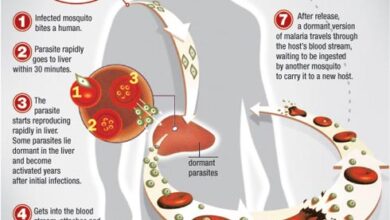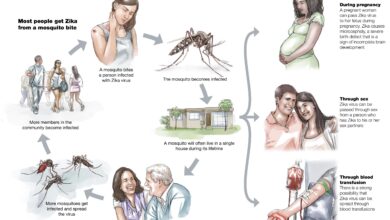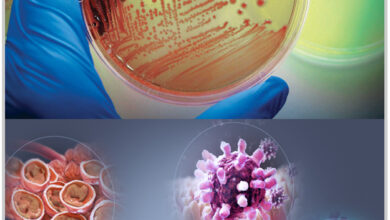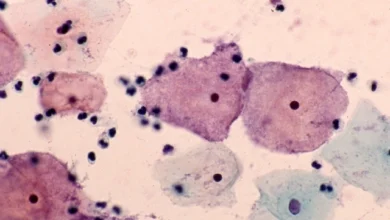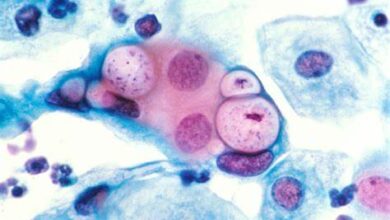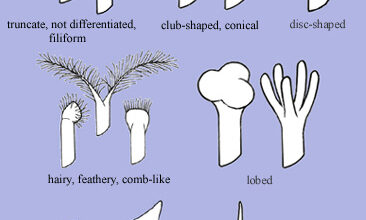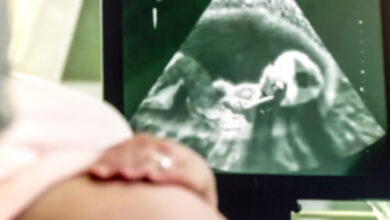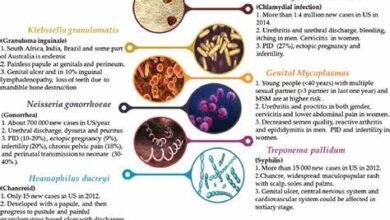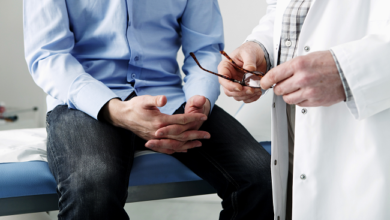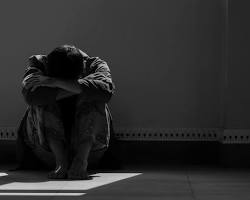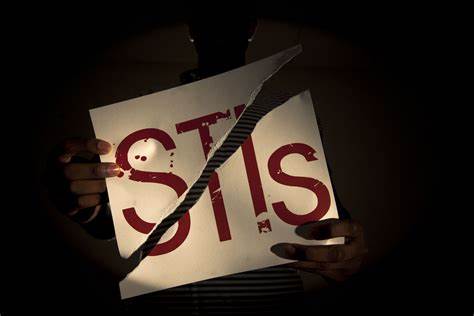
STIs and HIV The Deadly Connection
STIs and HIV: The Deadly Connection
Sexually transmitted infections (STIs) and HIV, the virus that causes AIDS, are often discussed separately. However, understanding their interconnectedness is crucial for protecting individual and public health. This article explores the complex relationship between STIs and HIV, highlighting the increased susceptibility, transmission dynamics, and crucial steps for prevention and management.
## Understanding the Vulnerability Factor: STIs Open the Door
STIs create a biological gateway for HIV infection by:
- Damaging the mucosal lining: Damaged tissues become more susceptible to HIV entry into the bloodstream.
- Triggering inflammation: Inflammation attracts HIV-infected cells, increasing the risk of viral transmission.
- Impairing immune response: STIs can weaken the immune system, making it harder to fight off HIV infection.
This increased vulnerability applies to both acquiring and transmitting HIV:
- Acquiring HIV: Individuals with an STI are 2-5 times more likely to contract HIV during unprotected sex compared to those without an STI.
- Transmitting HIV: People living with HIV with an untreated STI have a higher viral load, increasing the risk of transmitting the virus to their partners.
## Beyond Individual Risk: A Broader Impact
The link between STIs and HIV extends beyond individual vulnerability, impacting public health significantly:
- Fueling the HIV epidemic: Uncontrolled STIs contribute to the sustained spread of HIV, particularly in regions with high STI prevalence.
- Exacerbating existing inequalities: Women, young people, and marginalized communities often face greater STI and HIV burdens due to social and structural factors.
- Increased healthcare costs: Managing both STIs and HIV places a significant strain on healthcare systems and resources.
## Recognizing the Common Enemy: Shared Prevention Strategies
Fortunately, many evidence-based strategies can combat both STIs and HIV:
- Condom use: Consistent and correct condom use significantly reduces the risk of transmitting both STIs and HIV.
- Early STI testing and treatment: Prompt diagnosis and management of STIs minimize their impact on HIV susceptibility and transmission.
- Pre-exposure prophylaxis (PrEP): This medication effectively prevents HIV acquisition for individuals at high risk.
- Harm reduction interventions: Providing sterile needles and syringes and promoting safer sex practices among vulnerable populations is crucial.
## Breaking the Cycle: Addressing Social and Structural Barriers
Effective interventions go beyond individual behavior change, addressing the social and structural factors that contribute to both STIs and HIV:
- Comprehensive sex education: Empowering individuals with accurate knowledge and skills to make informed sexual choices is essential.
- Gender equality: Promoting gender equality and dismantling harmful gender norms are crucial for reducing vulnerability, particularly among women and girls.
- Improved access to healthcare: Affordable, accessible, and confidential healthcare services for STI testing, treatment, and HIV prevention are vital.
- Combating stigma and discrimination: Addressing stigma surrounding STIs and HIV encourages help-seeking behavior and fosters safer communities.
## A Collective Call to Action: Building a Healthier Future
The interconnectedness of STIs and HIV necessitates a multifaceted approach:
- Strengthening healthcare systems: Investing in healthcare infrastructure, personnel, and resources is crucial for comprehensive STI and HIV services.
- Supporting community-based organizations: Empowering community organizations to deliver culturally appropriate interventions tailored to local needs is vital.
- Advocacy for policy changes: Policies promoting comprehensive sex education, accessible healthcare, and harm reduction are essential for long-term impact.
By understanding the link between STIs and HIV, implementing effective prevention strategies, and addressing social and structural barriers, we can work towards a future where both infections are significantly reduced, protecting individual and public health.
Remember: Knowledge is power. Stay informed, advocate for change, and take action to protect yourself and your community from the dangers of STIs and HIV. Together, we can create a healthier world for all.
- Baby names starting with A
- Baby names starting with B
- Baby names starting with C
- Baby names starting with D
- Baby names starting with E
- Baby names starting with F
- Baby names starting with G
- Baby names starting with H
- Baby names starting with I
- Baby names starting with J
- Baby names starting with K
- Baby names starting with L
- Baby names starting with M
- Baby names starting with N
- Baby names starting with O
- Baby names starting with P
- Baby names starting with Q
- Baby names starting with R
- Baby names starting with S
- Baby names starting with T
- Baby names starting with U
- Baby names starting with V
- Baby names starting with W
- Baby names starting with X
- Baby names starting with Y
- Baby names starting with Z



